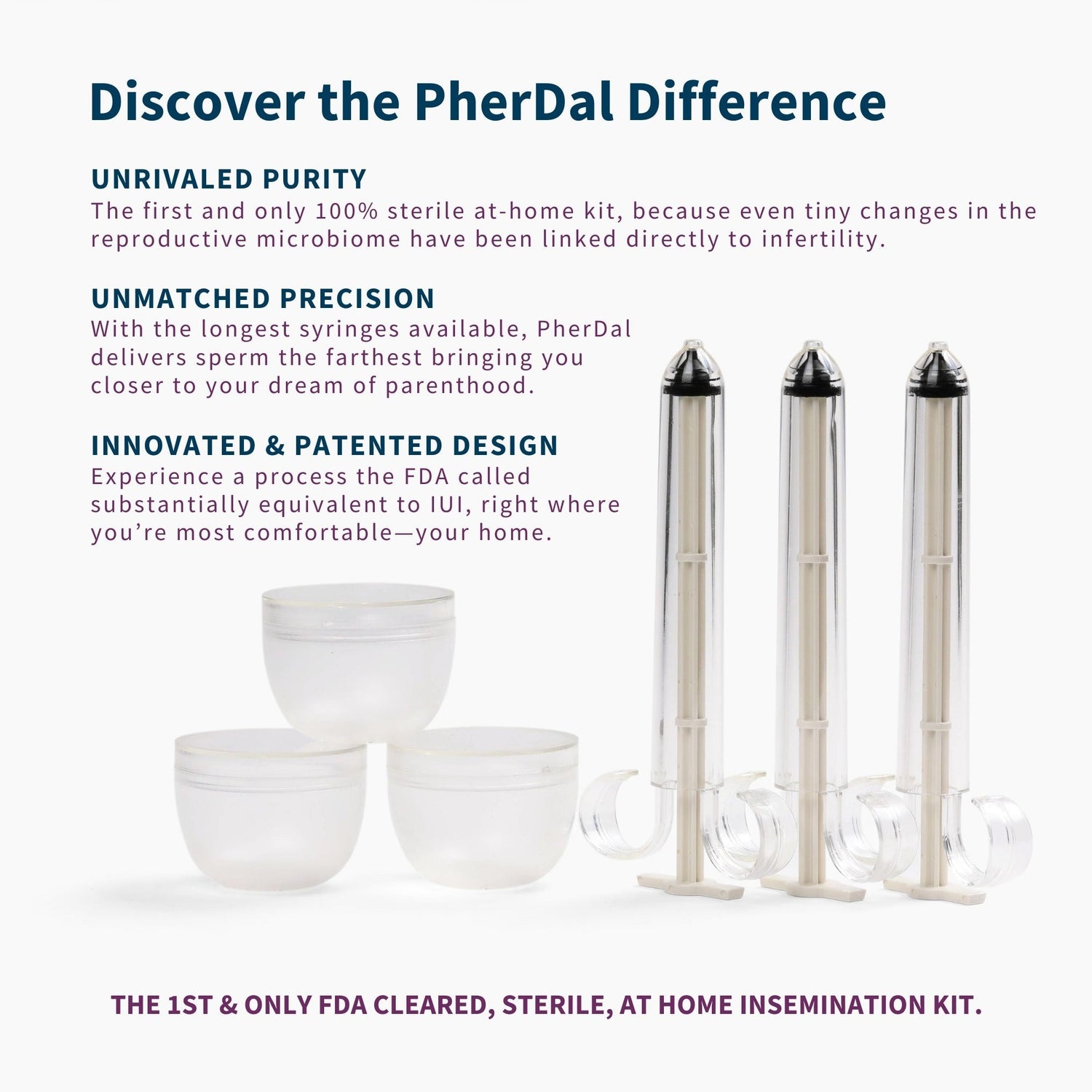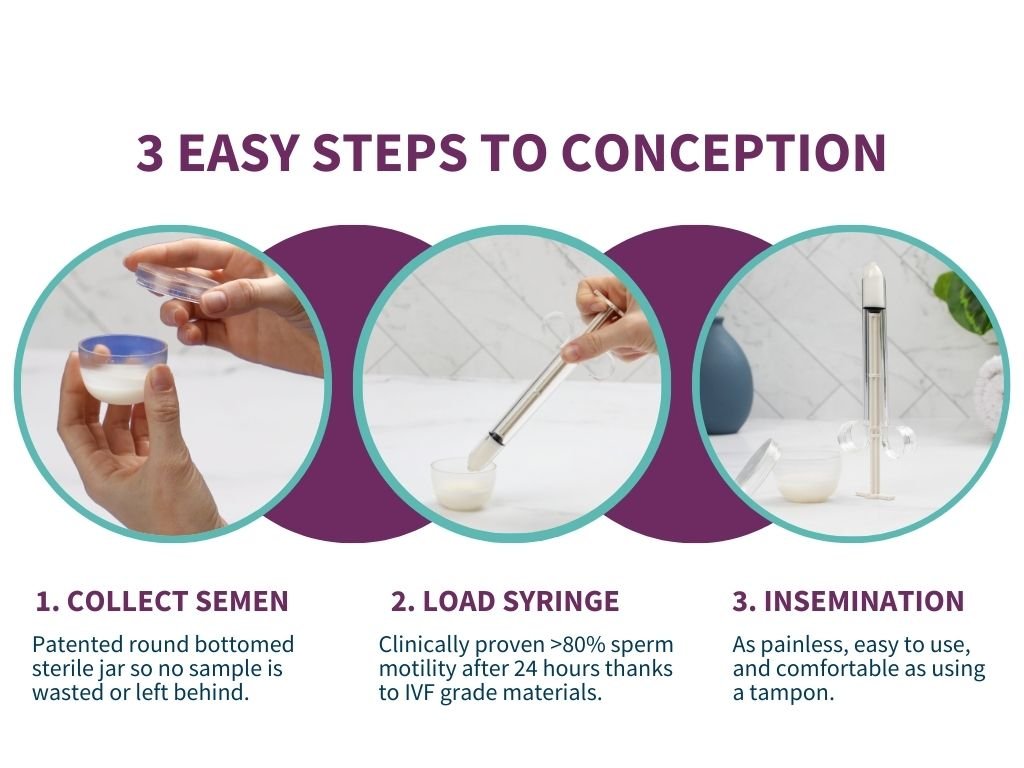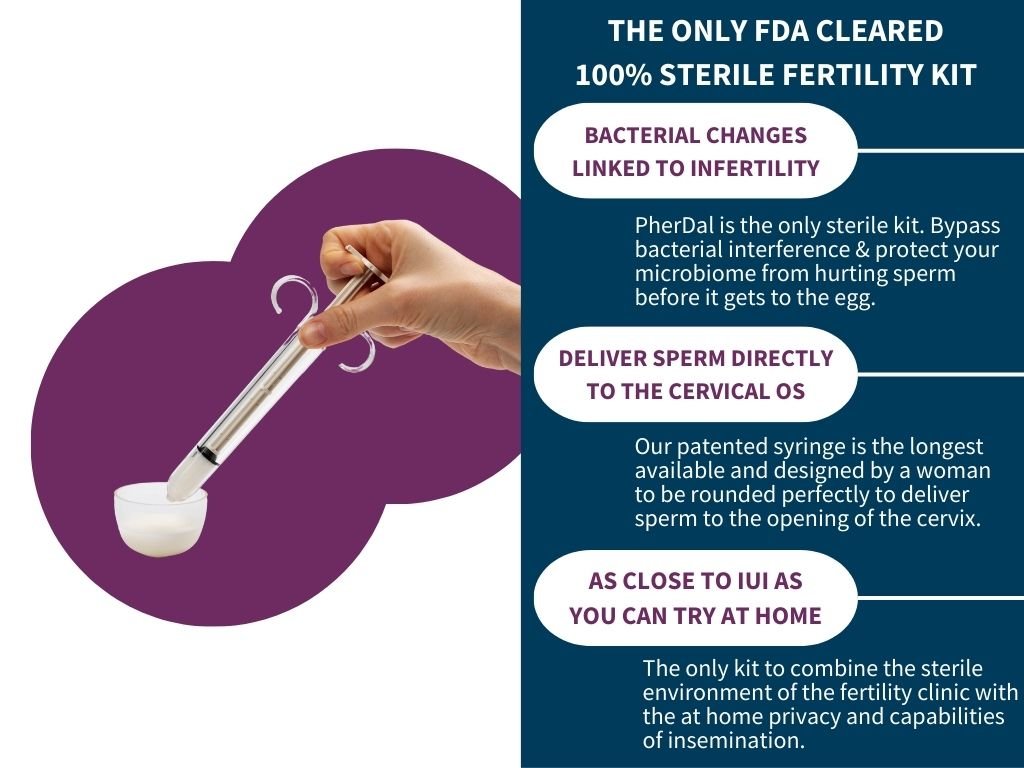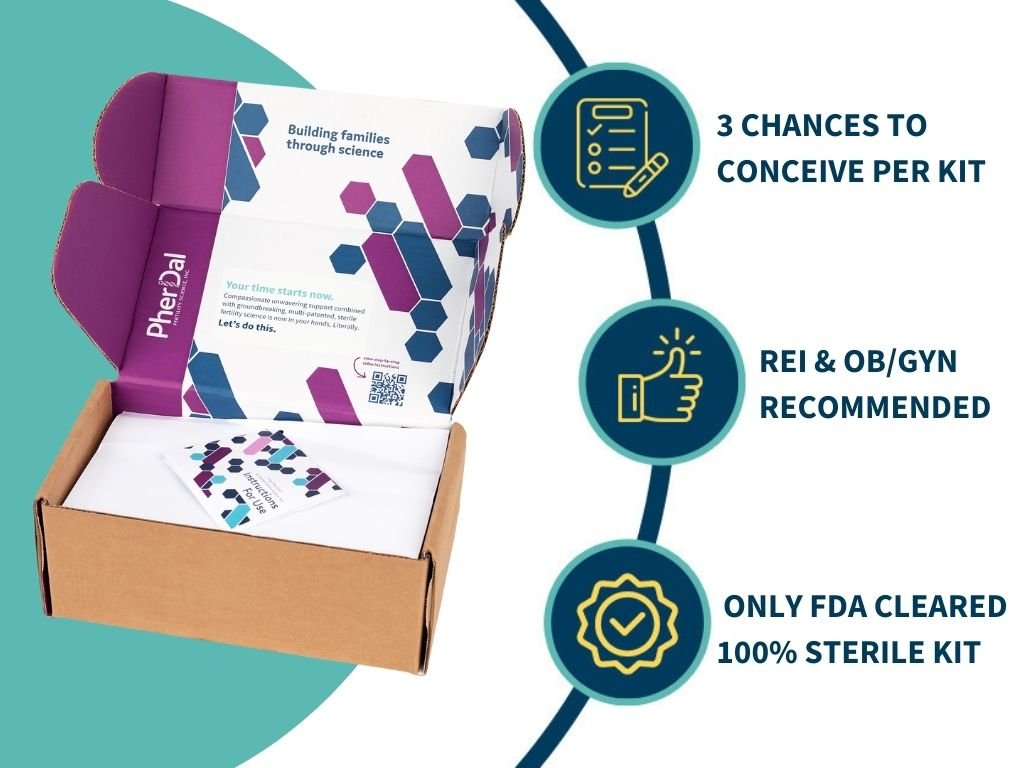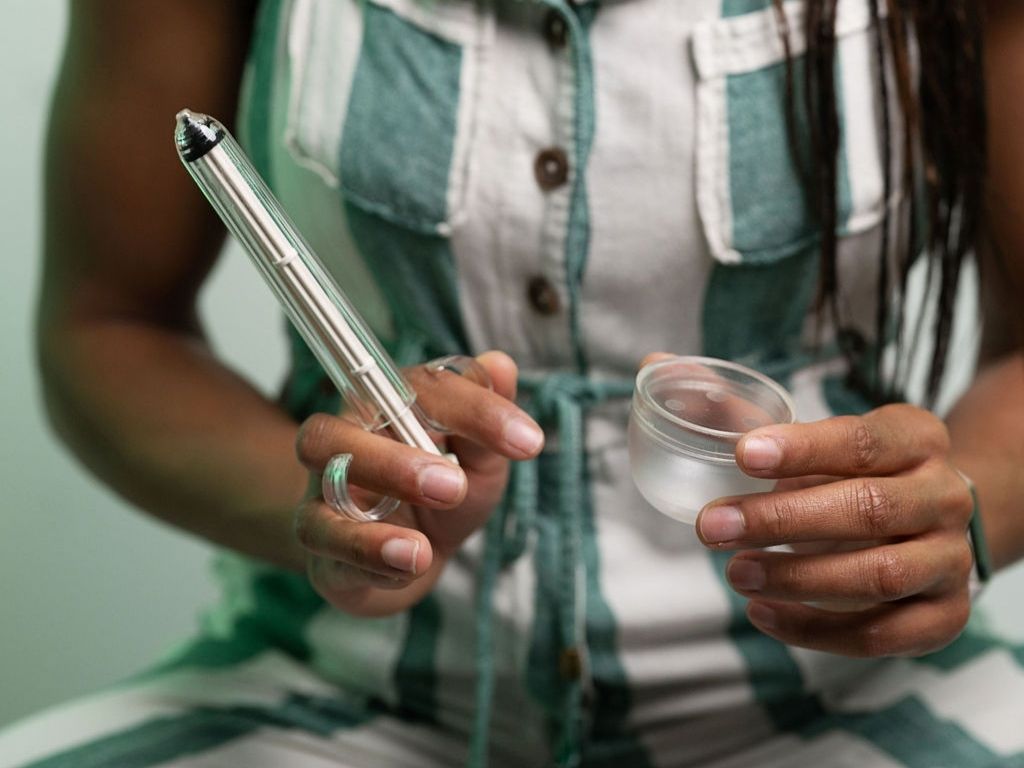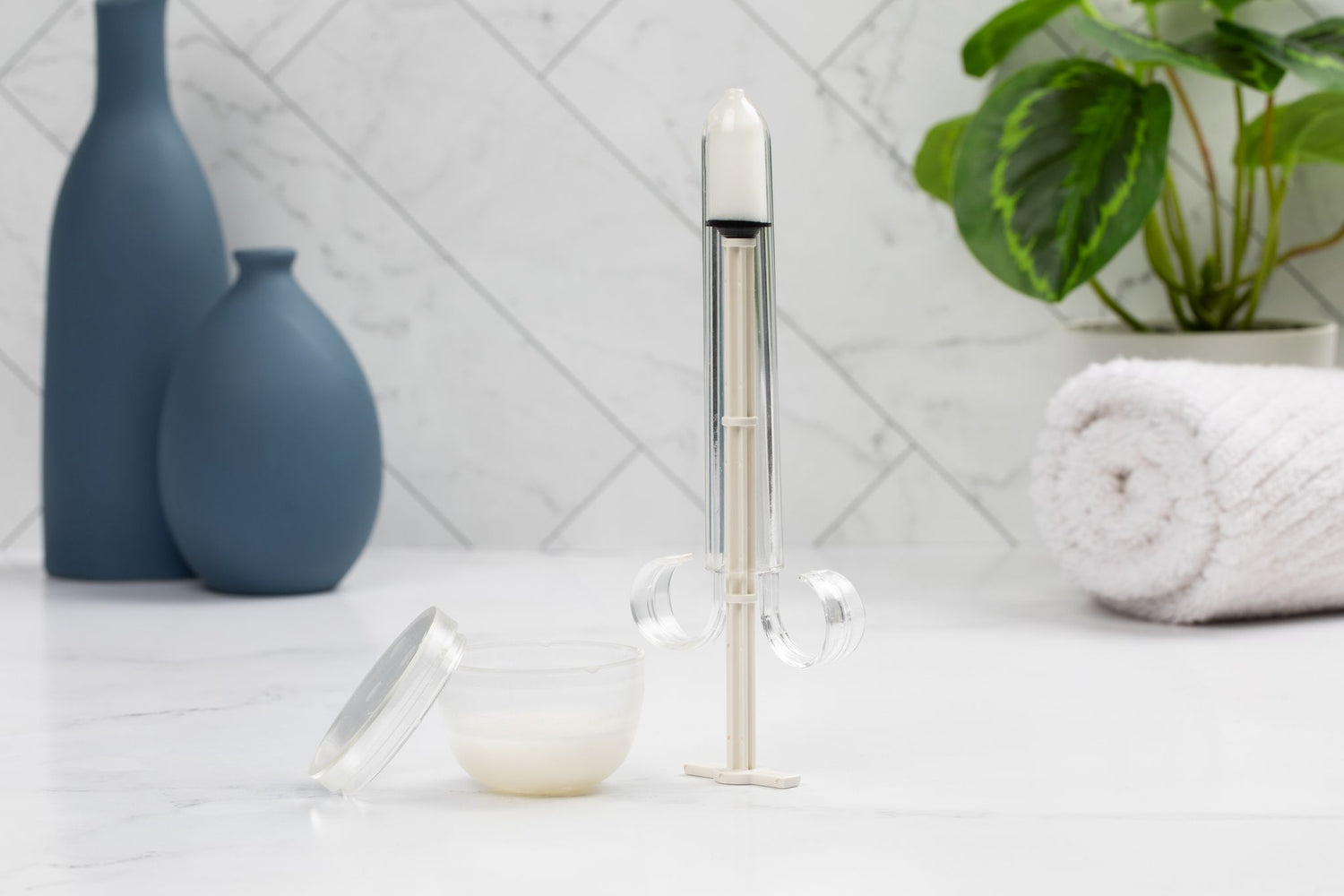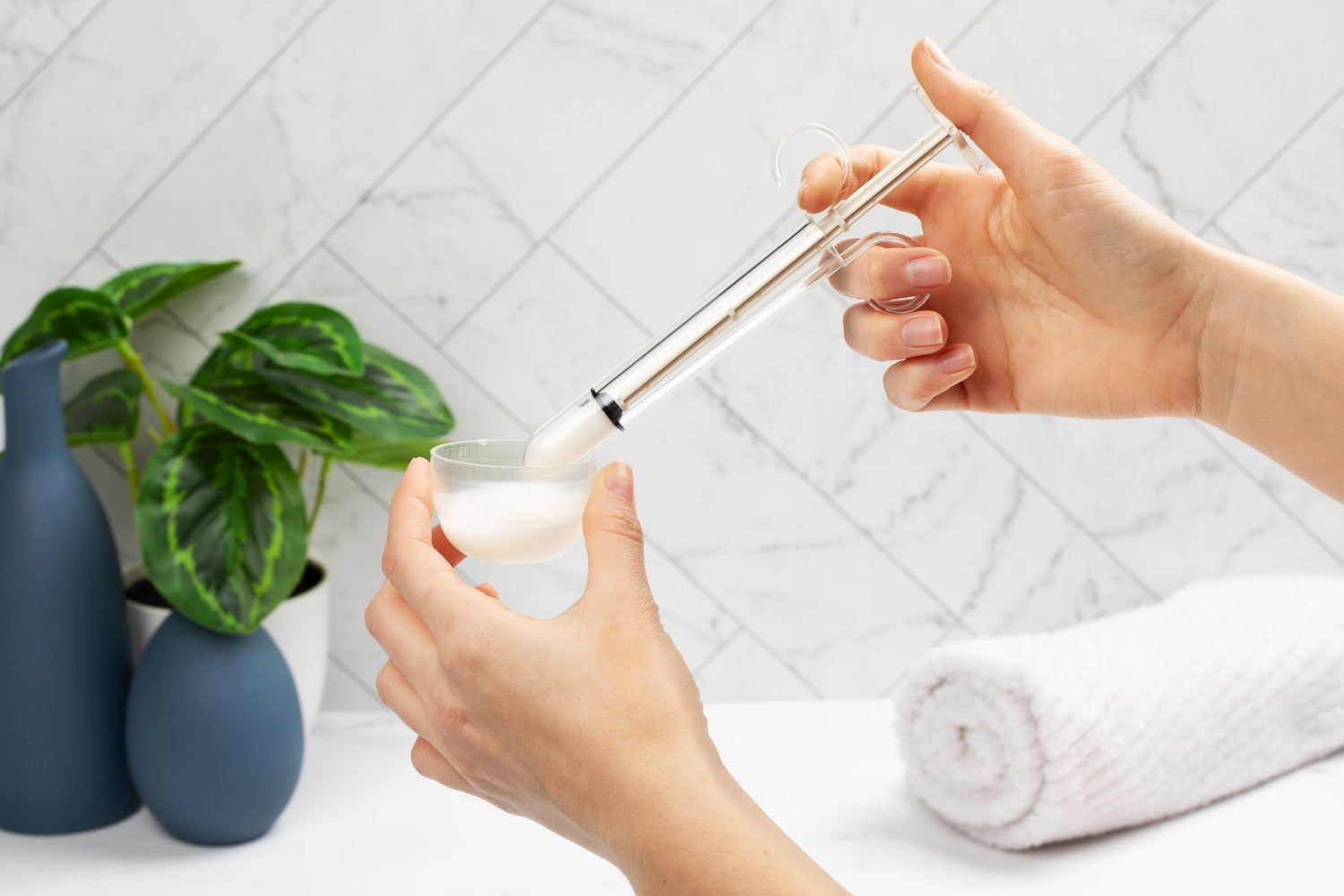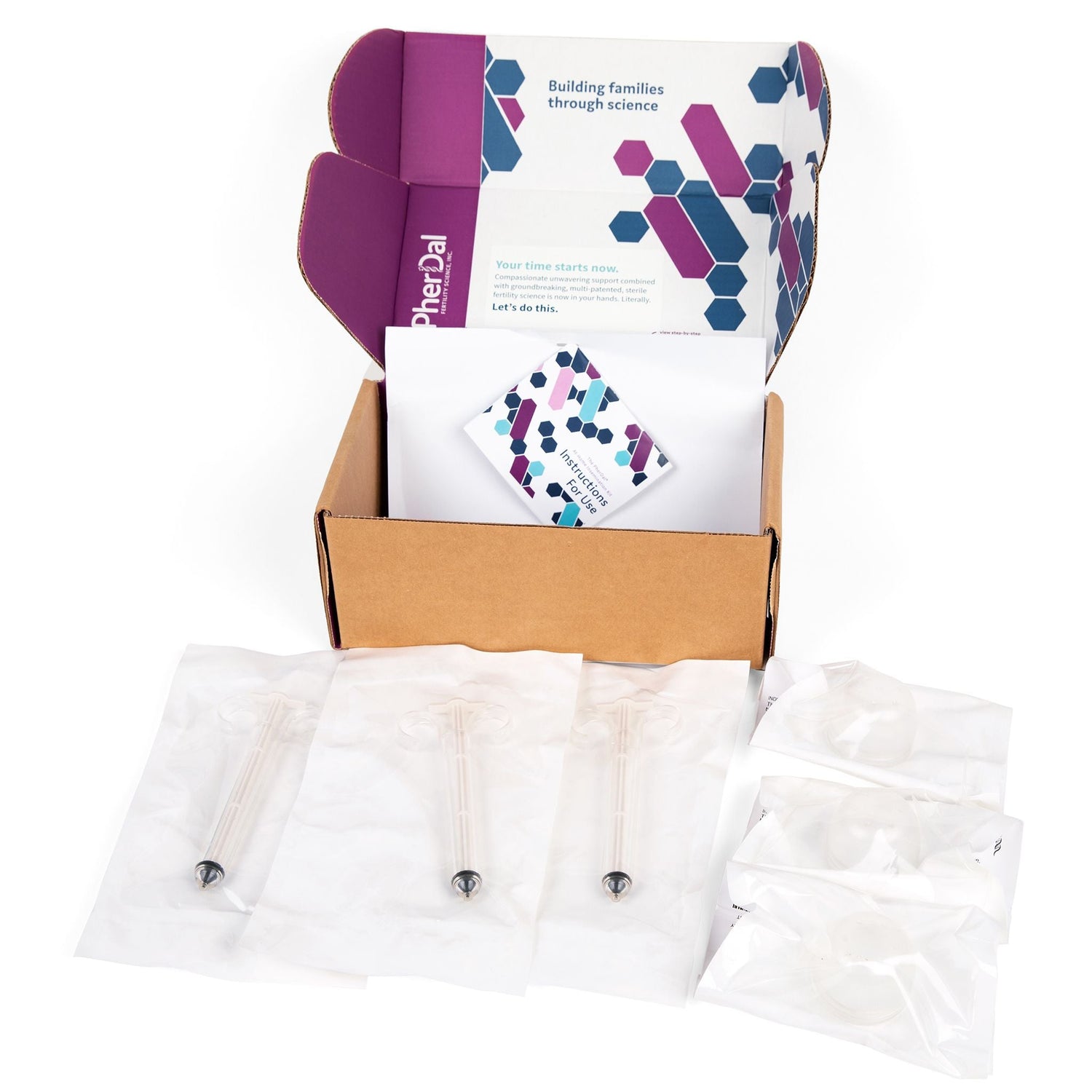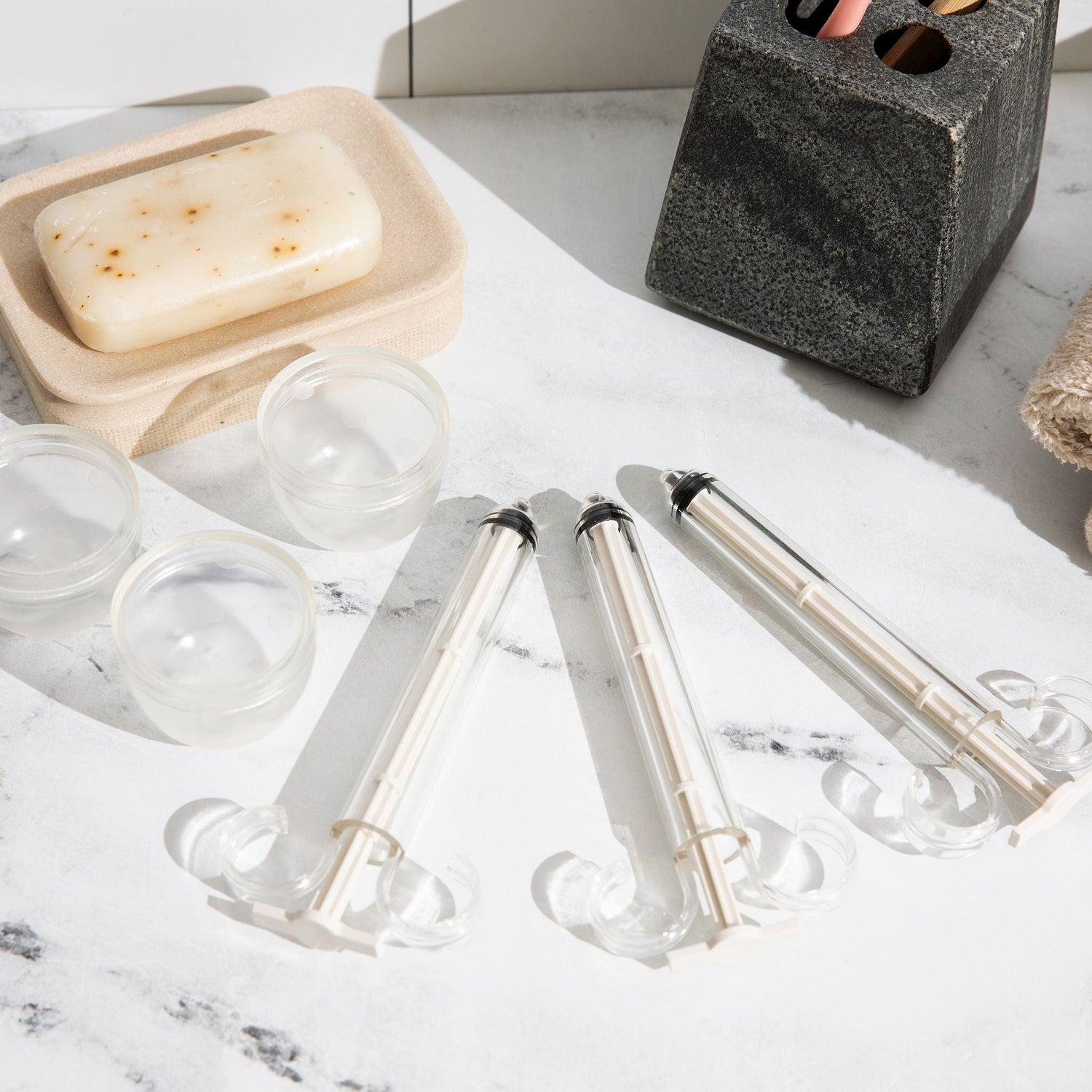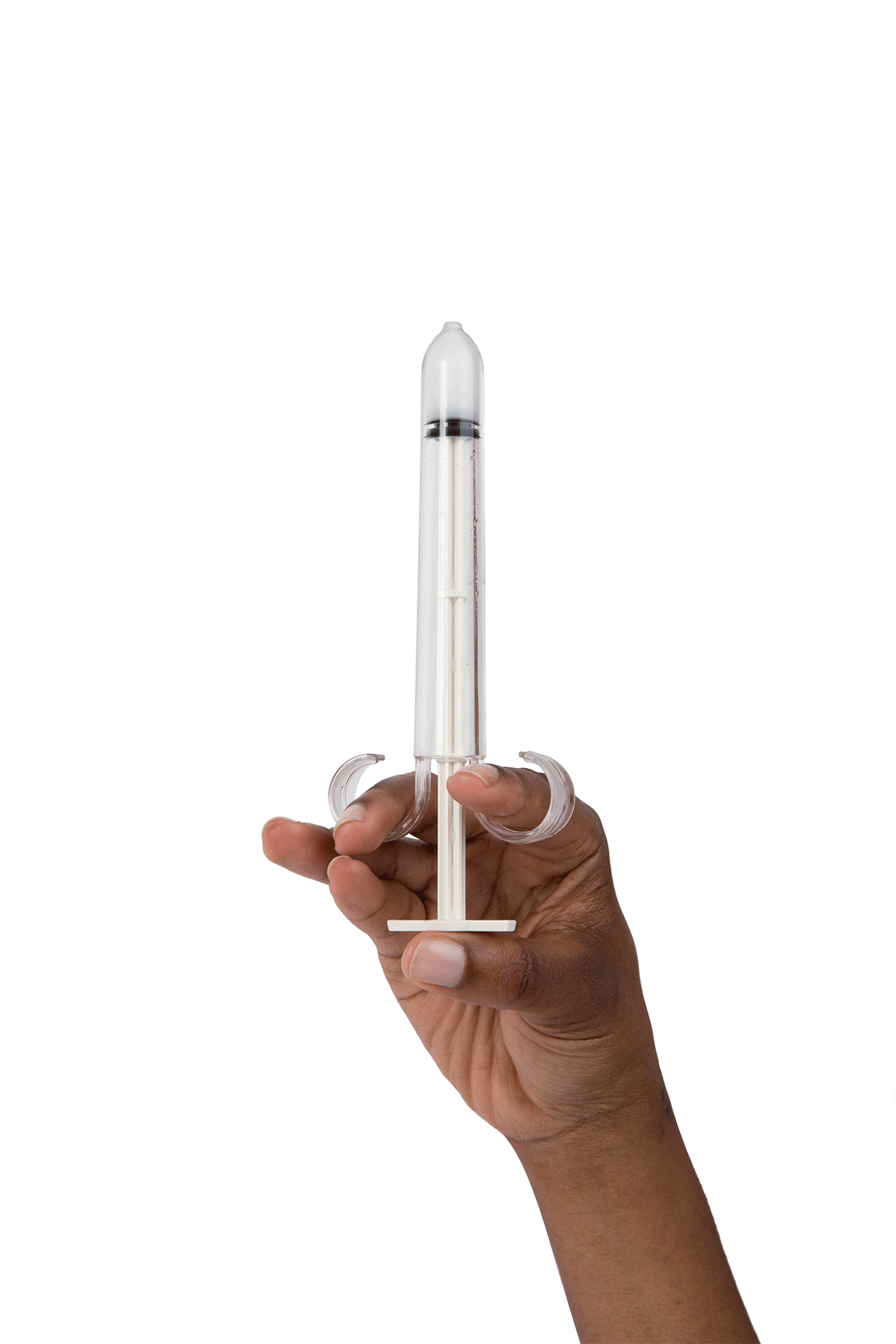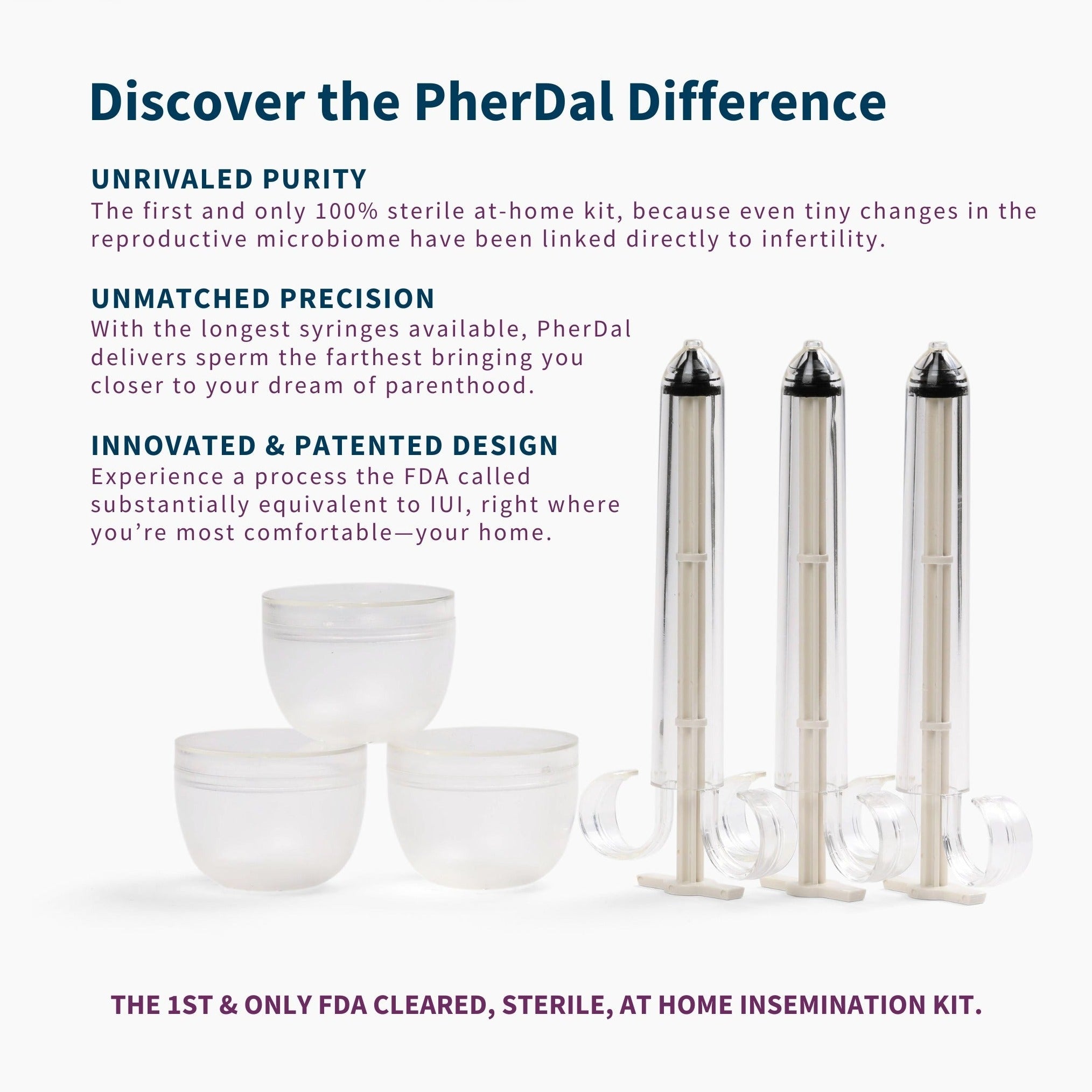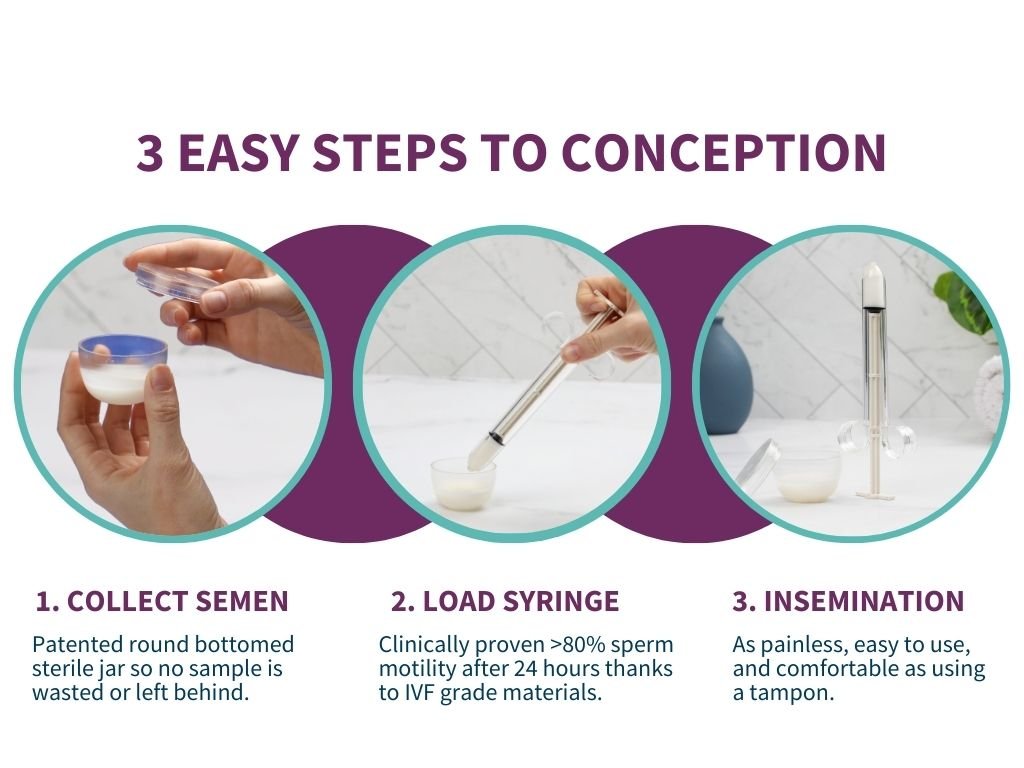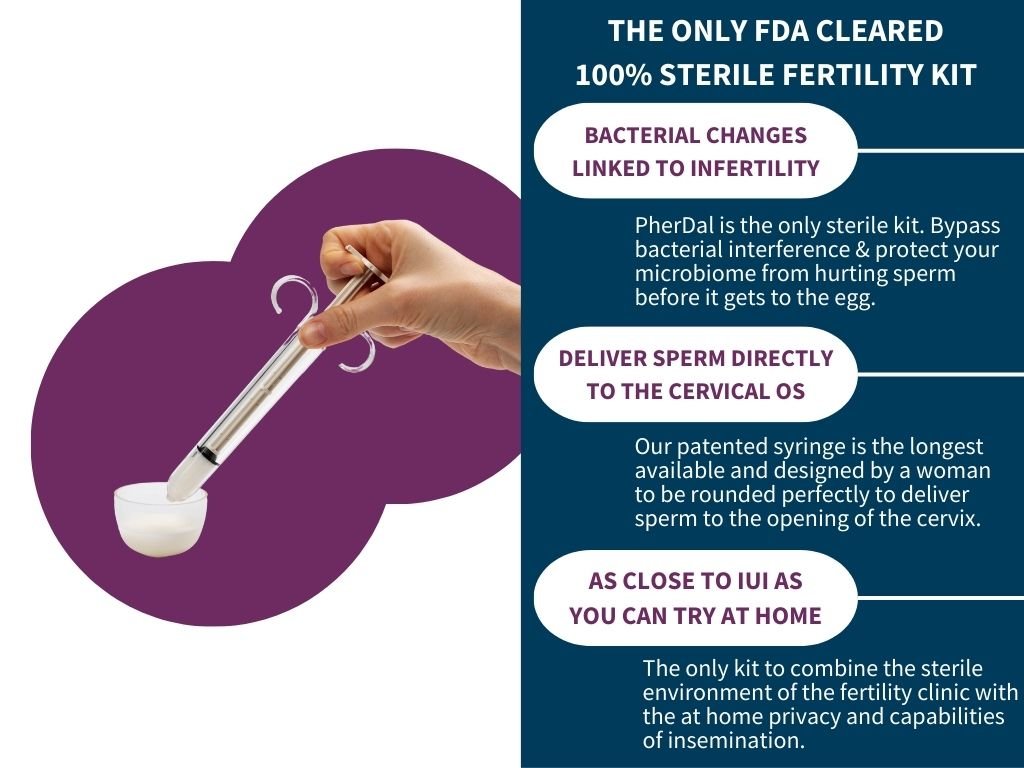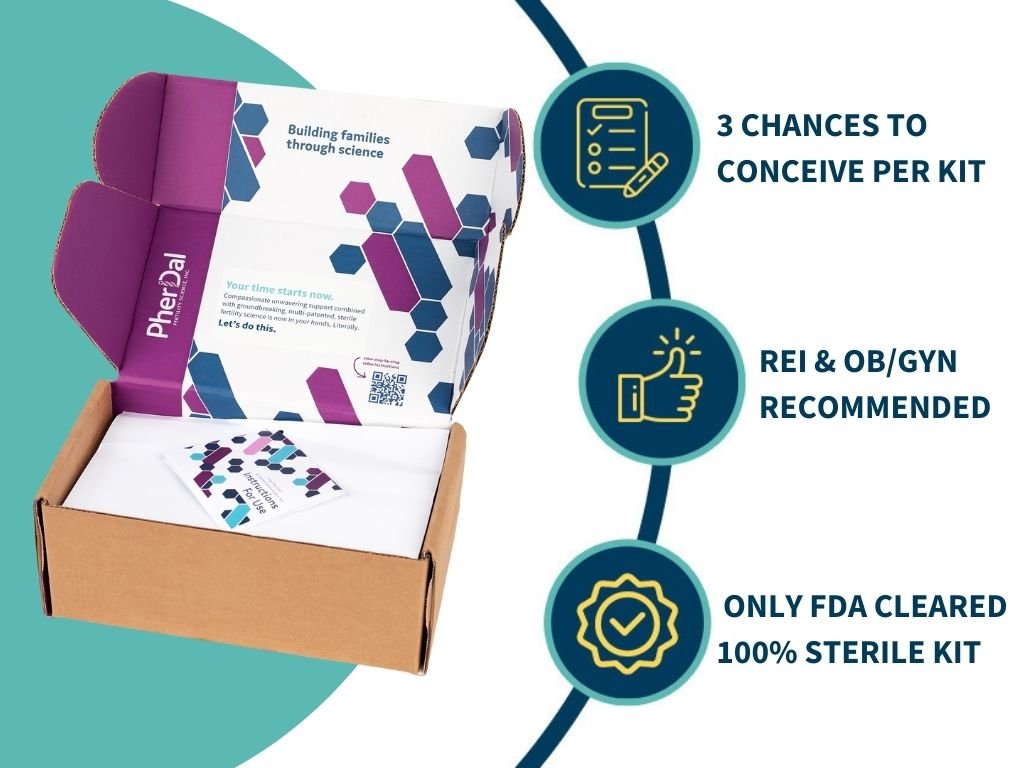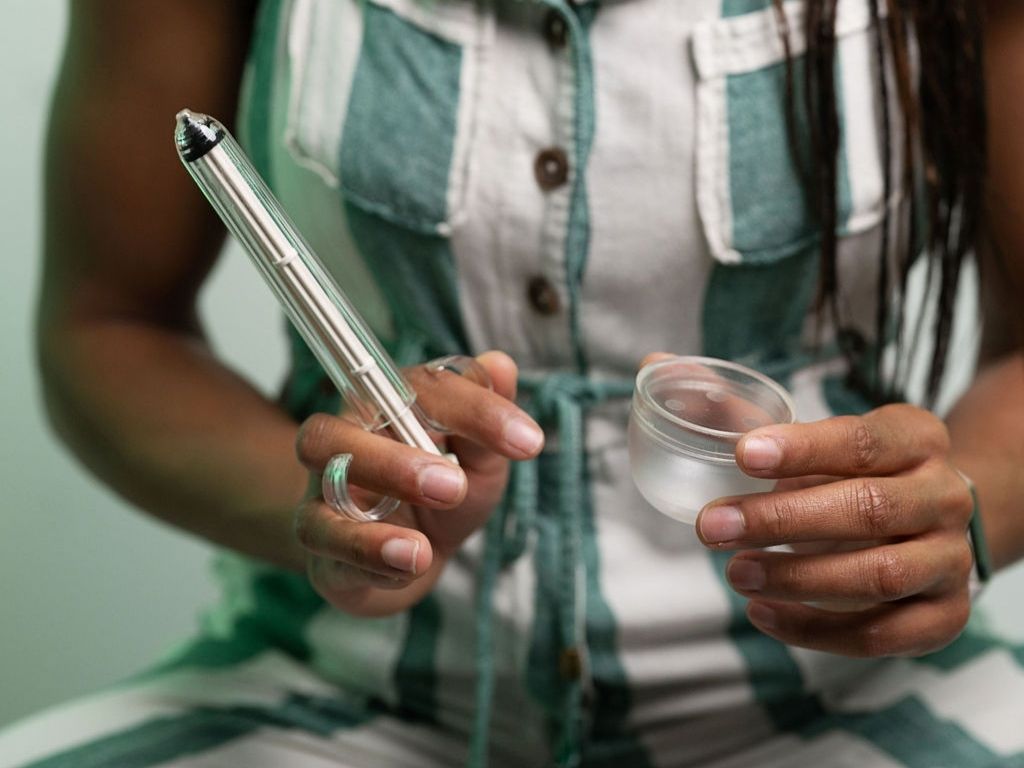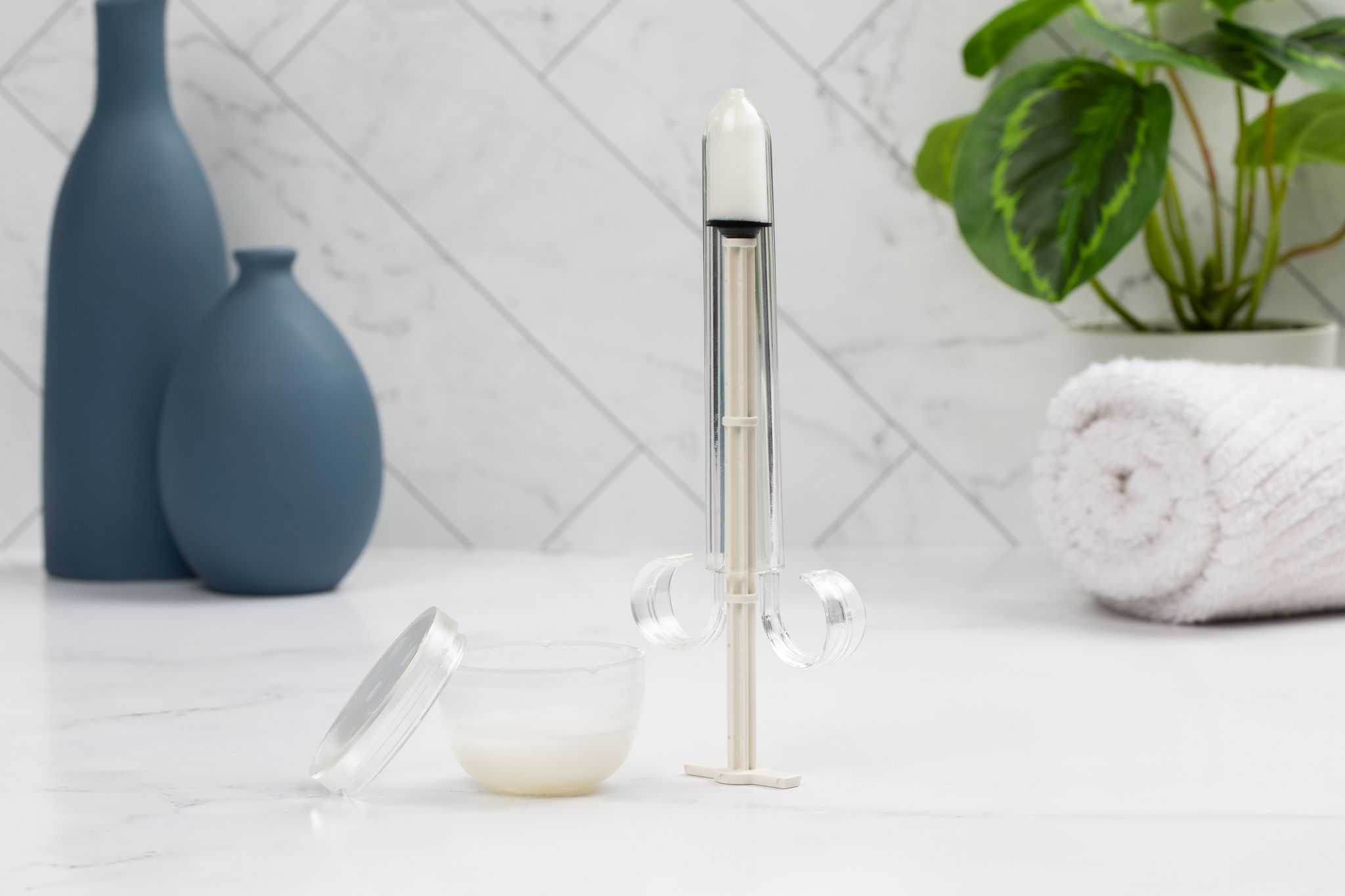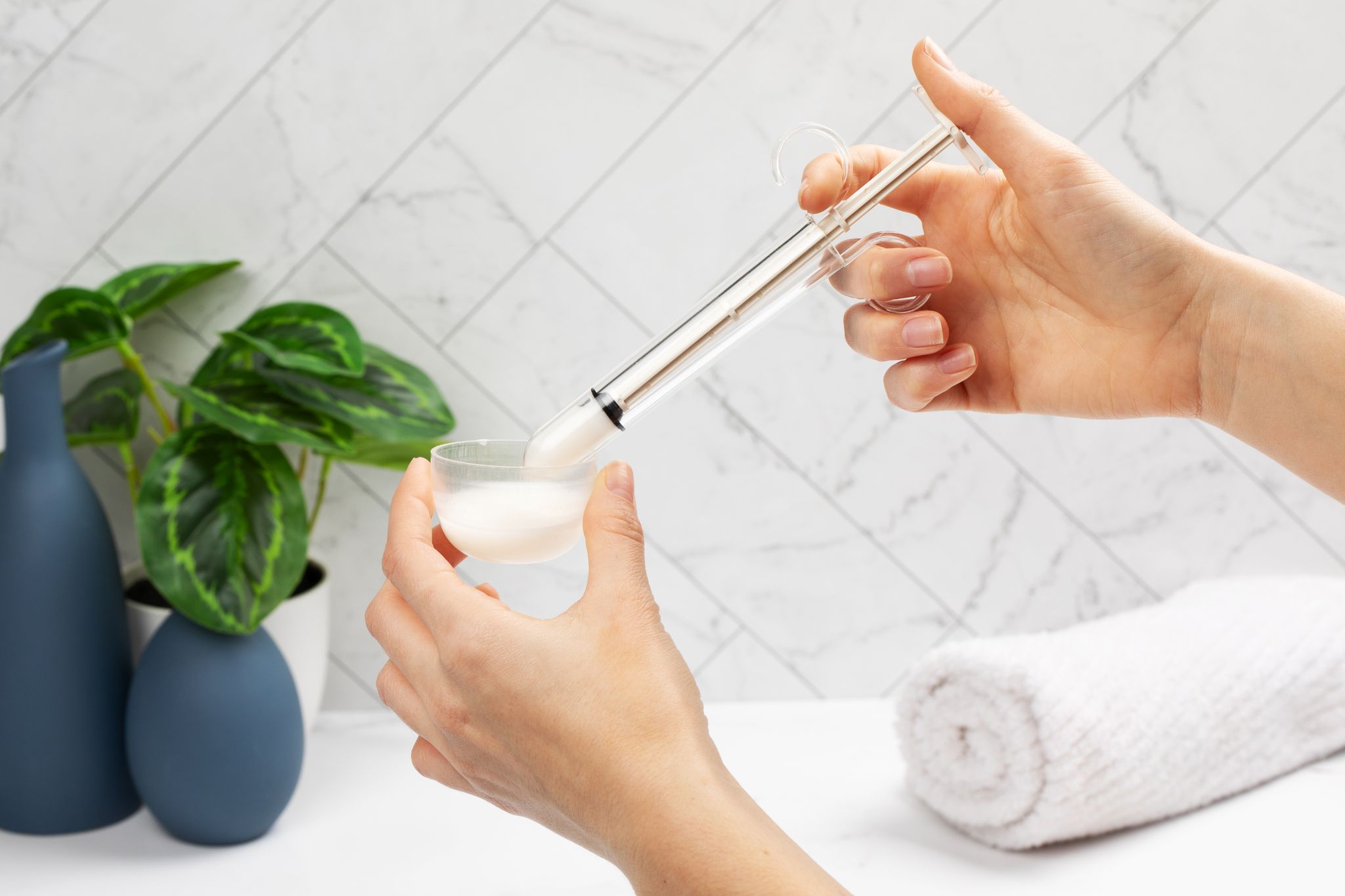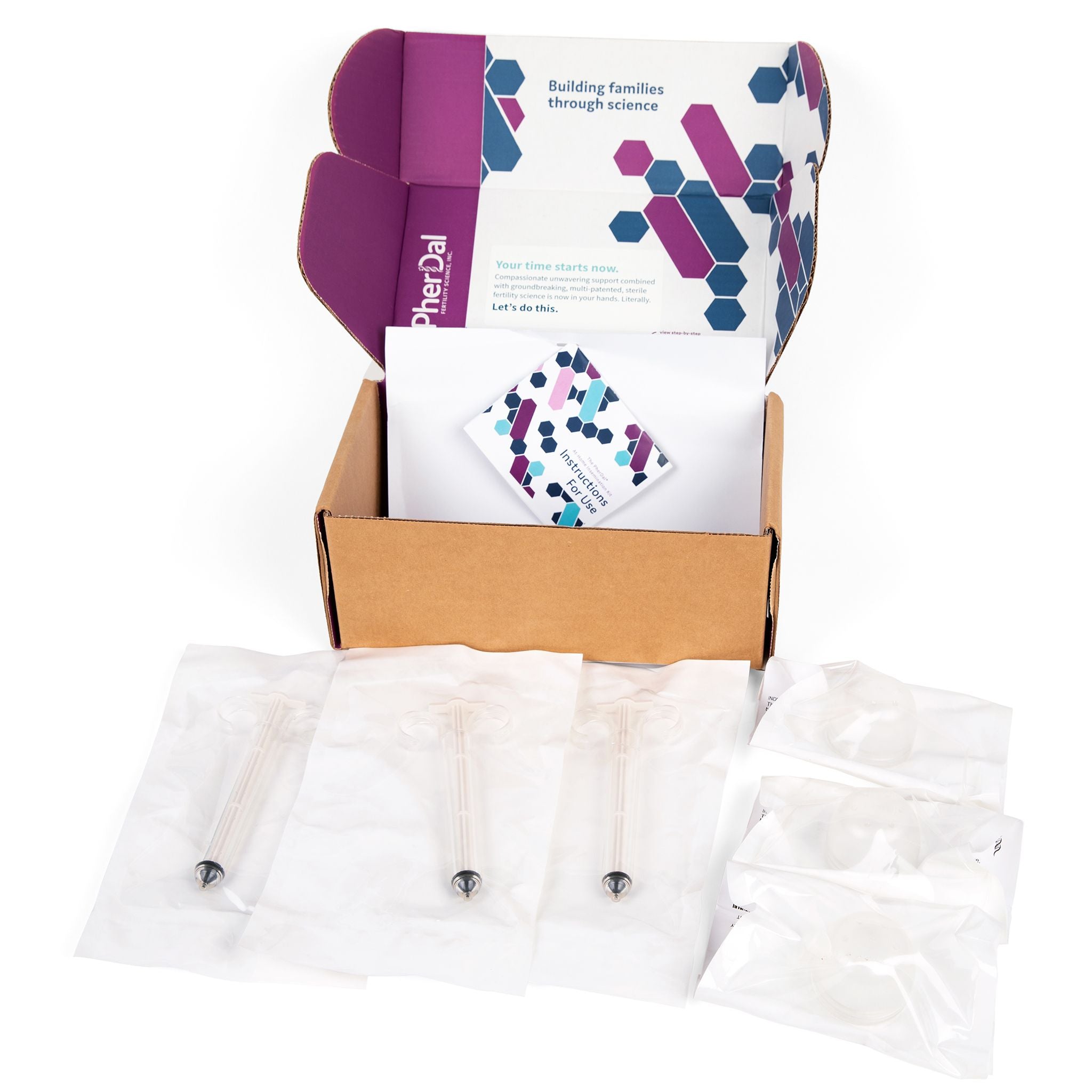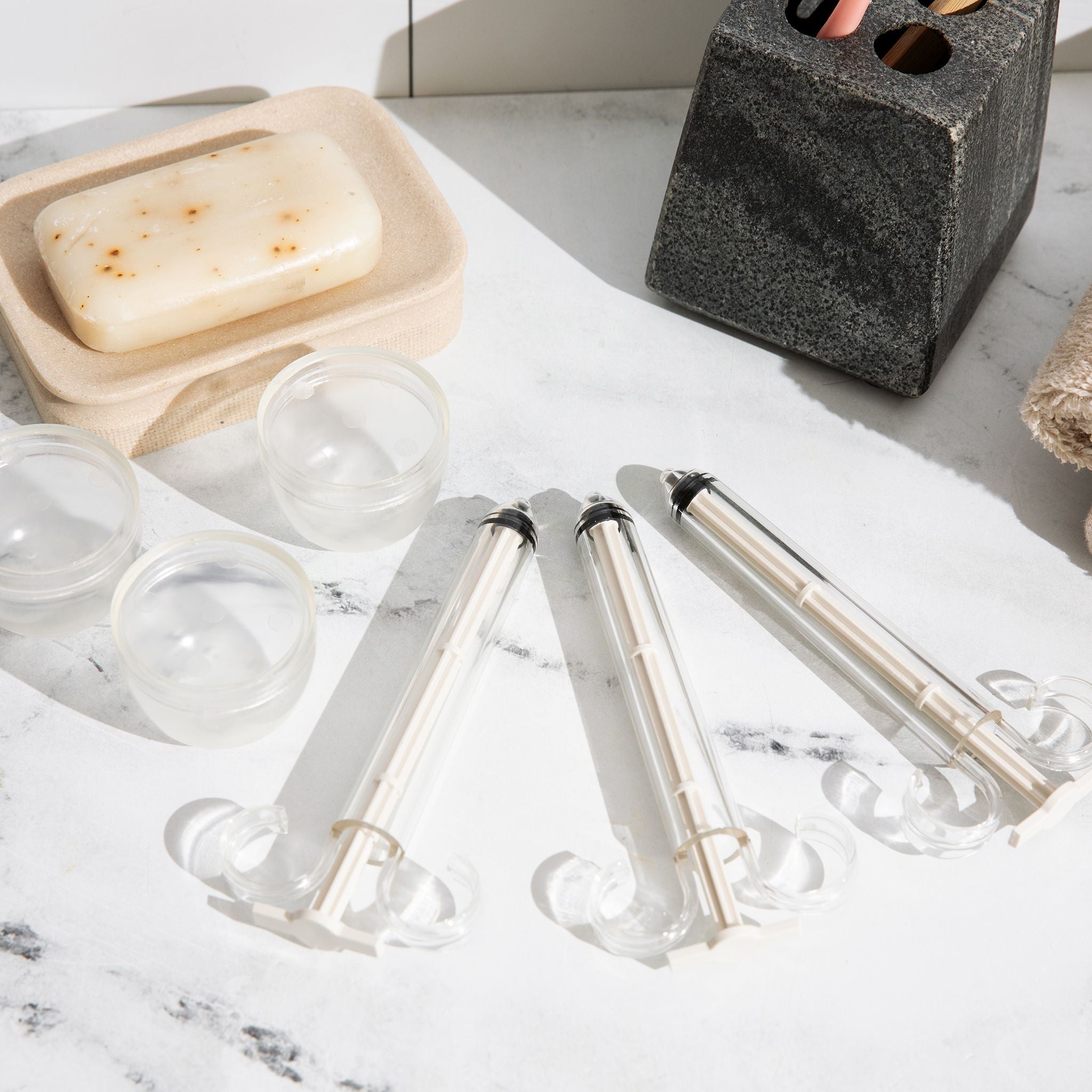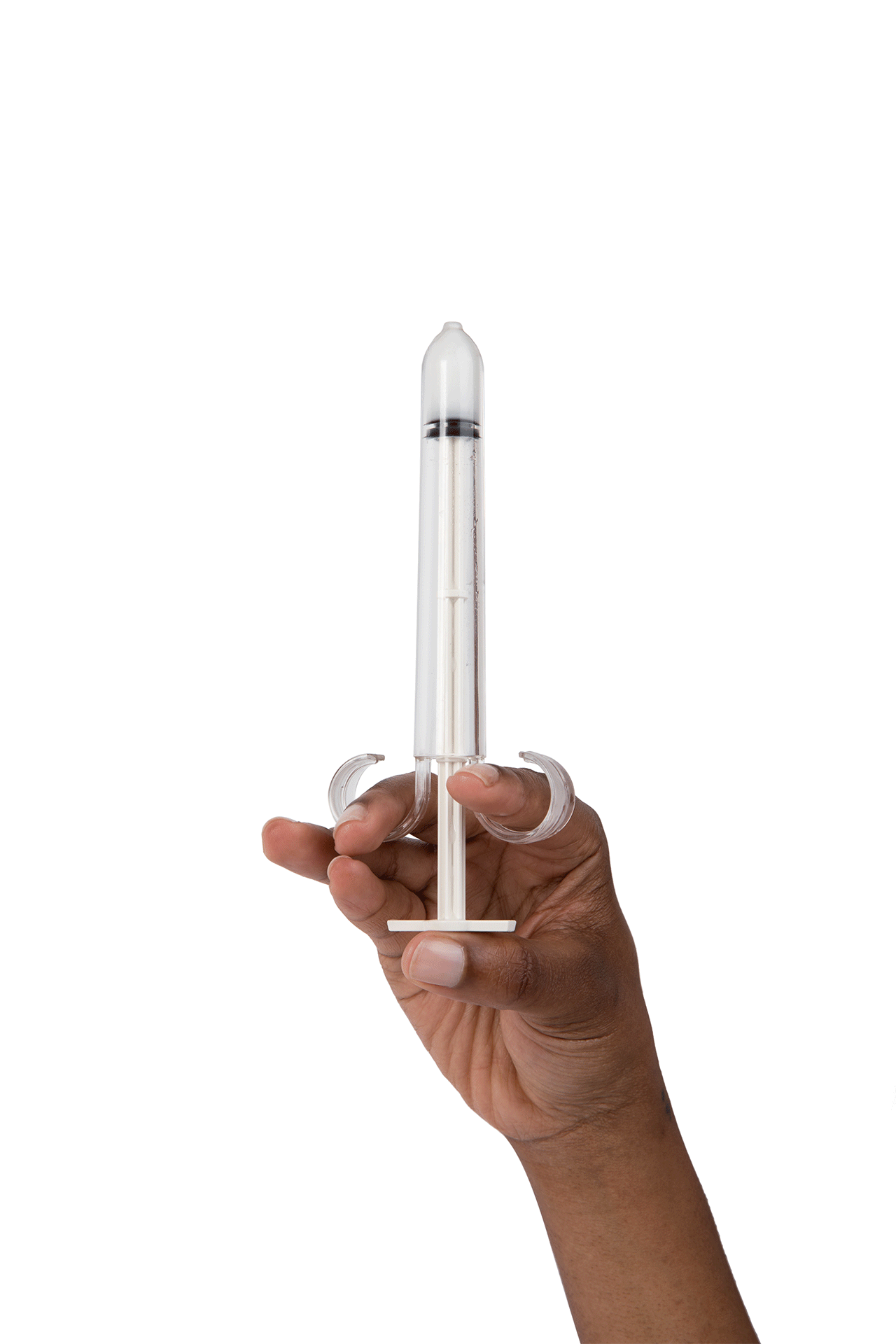Longing for a baby with every ounce of your being but struggling to conceive can be the wildest emotional rollercoaster you’ve ever experienced.
It can be hard to focus on anything else. Before you know it, you’re peeing on sticks like it’s your job, analyzing your cervical mucus like a scientist, and strategically timing bedroom activities down to the minute.
There’s no doubt that tracking ovulation can help you achieve your dreams of parenthood. But your time (and sanity) are precious, so it’s important to know which ovulation tracking methods are best for you.
Let’s dive in and break it down… ready, set, track!
1. Transvaginal Ultrasound
Transvaginal ultrasound is a medical imaging technique used to monitor the growth of the follicle within the ovary in the lead-up to ovulation. During the procedure, the health care provider inserts a transvaginal probe into the vagina to produce high-quality images of the ovaries and uterus.
Monitoring the follicle's growth gives a more precise estimate of when you’re most fertile. However, the procedure is not routinely performed and is mainly utilized during in vitro fertilization (IVF).
While you shouldn’t experience any pain with a transvaginal ultrasound—it’s certainly a more invasive method of tracking ovulation, and many women find the process uncomfortable.
2. Basal Body Temperature
Your basal body temperature (BBT) is your body's temperature at rest. During ovulation, your body starts producing an increased level of the hormone progesterone, which causes your BBT to rise.
When charting your BBT, you should see that your temperature is lower before ovulation and then increases after ovulation has occurred. Given that your ideal fertile window is directly before ovulation, this tracking method is predominantly helpful for confirming ovulation rather than predicting it. So it’s best used in combination with other methods.
With that said, if you track your BBT consistently over several months, you may be able to determine a pattern and identify your fertile window.
Pro Tip- BBT must be measured when the body is at rest and taken at the same time every day. Tracking BBT accurately is challenging as even sitting up can alter the results. If you’re interested in pursuing this method, consider investing in technology like the new Apple watch that tests your BBT while sleeping, making it far more accurate.
3. Cervical Mucus
That’s right—I’m going there!
While talking about monitoring your cervical mucus might make you cringe, the fact is, it can act as an important part of the puzzle when tracking ovulation.
As you approach ovulation, your cervical mucus can become more abundant, thin, transparent, and stretchy to help the sperm travel to the egg. Many women describe it as being similar in consistency to egg white.
It’s important to note that not all women will experience obvious changes in their cervical mucus as they approach ovulation. So, it’s certainly not foolproof, but it can be a useful method to incorporate into your tracking toolbox to help you better understand your cycle.
4. Ovulation Tracking Apps
There’s an app for everything these days, including tracking ovulation.
However, many apps assume all women have a 28-day cycle and ovulate on day 14.
Easy, right?
Every woman is different, and even your own cycle may vary from month to month. So, please don’t ever rely solely on an app. After 16 years in software development, I am yet to discover an app that consistently and accurately predicts ovulation.
Without using physical methods of detecting ovulation, an app provides no more than an estimate of your fertile window. But they can help women become more aware of their cycle and serve as a handy tool to collate and store your tracking data.
5. Ovulation Prediction Kits
Ovulation prediction kits (OPKs) are a type of urine-based test that detects the surge of luteinizing hormone (LH) that occurs right before ovulation. LH is produced by the pituitary gland and stimulates the release of the egg from the ovary.
Ovulation generally occurs around 12-36 hours after the LH surge, making OPKs an excellent way to identify your fertile window. They are the most reliable and accurate way for a woman to time intercourse or insemination for the best chance of conception success. Furthermore, OPKs are affordable and easily accessible, available over the counter.
Start Tracking With PherDal’s Ovulation Journal
When I battled infertility, I wasted months not understanding my cycle. I was overwhelmed by the many methods of tracking ovulation—what really worked? And was the data accurate?
As a scientist, I turned to the research and developed my own step-by-step process for detecting ovulation. I unraveled the mystery of my cycle and took control of my conception journey.
Time is precious, and I don’t want you to waste a second, so I’ve created an eBook outlining the PherDal methodology for ovulation tracking, including a digital journal to help you accurately monitor your cycle.
This is the only tracking method I used to conceive because it’s reliable and backed by science. I want you to start tracking your ovulation today, so my eBook is available for you with every purchase of the PherDal Kit.
Take control of your journey, and remember PherDal is here to support you every step of the way.






